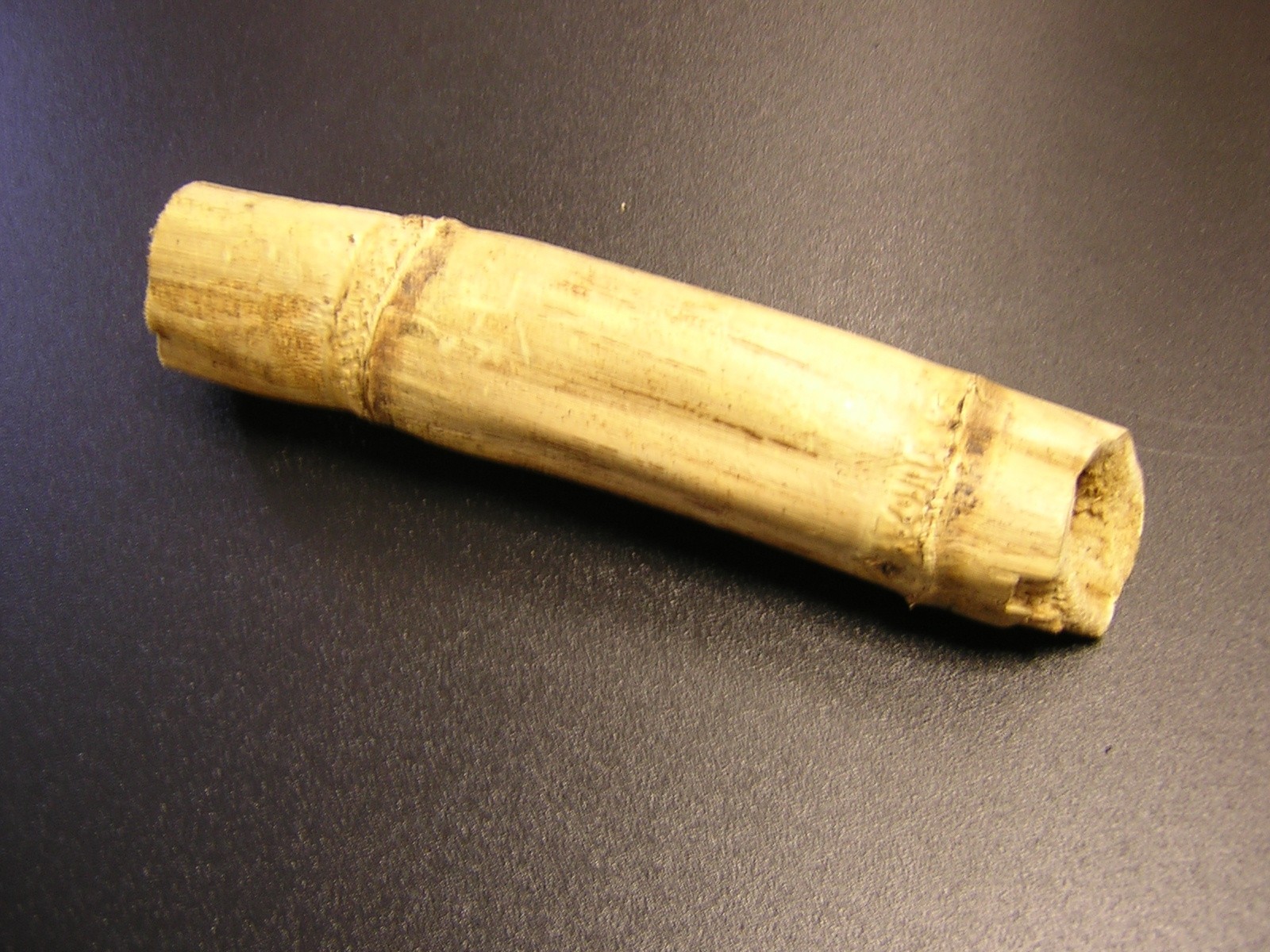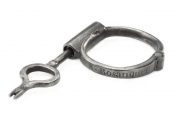Sugar cane is a member of the grass family but the stalks can grow up to six metres tall and are extremely tough. Sugar cane grows best in warm tropical climates and was probably harvested 5000 years ago, when it grew only in the Pacific islands.
The West Indies became the world’s main sugar producing region after Christopher Columbus introduced sugar cane there and Europeans appreciated the area’s potential for developing plantations. Sugar farming was so profitable that plantation owners referred to sugar as ‘white gold’. By the end of the 18th century it had become a mass-market commodity, rather than a luxury. Harvesting sugar cane by hand was particularly treacherous labour and slaves worked relentlessly in the fields and in the sugar factories all year round.
Issues: This piece of sugar cane is cut and dried so very light in weight compared to fresh cane.
© The British Empire & Commonwealth Museum
Accession reference: Museum of London, PLA Collection PLA75



